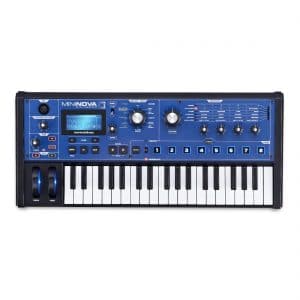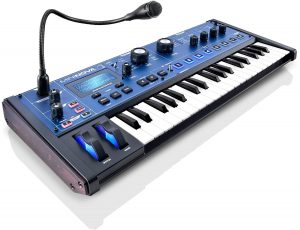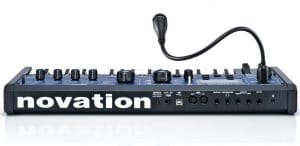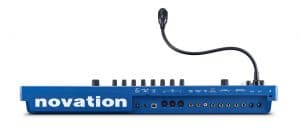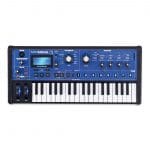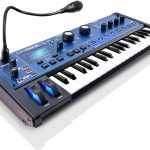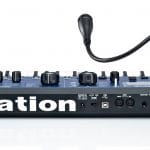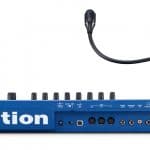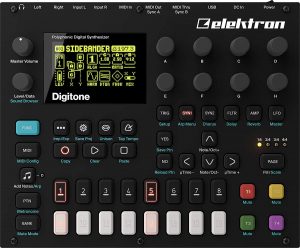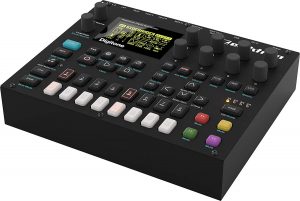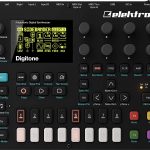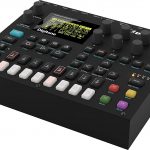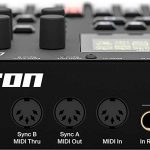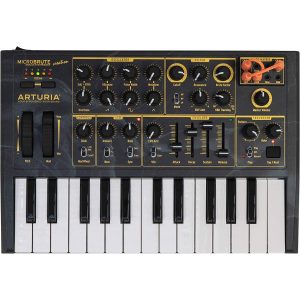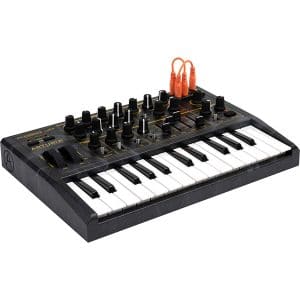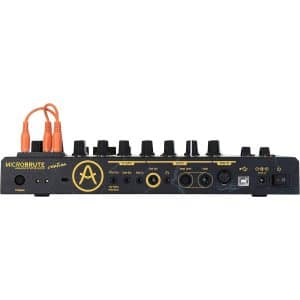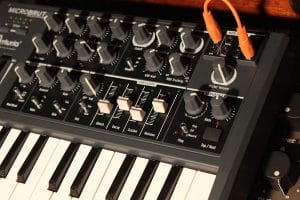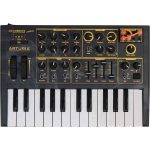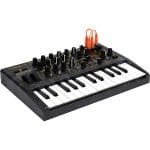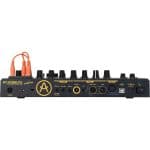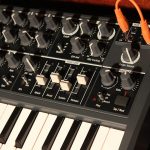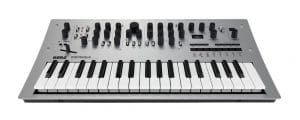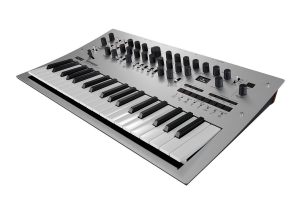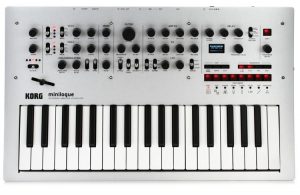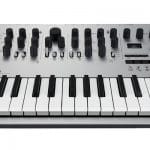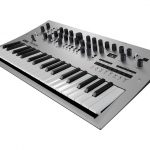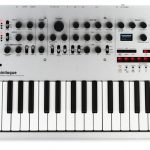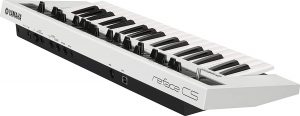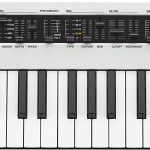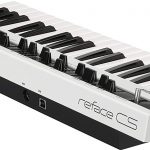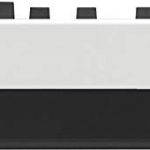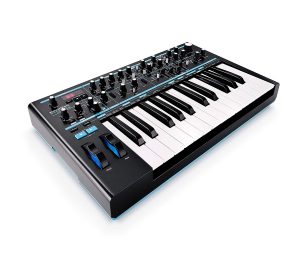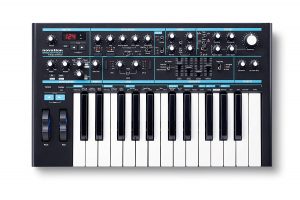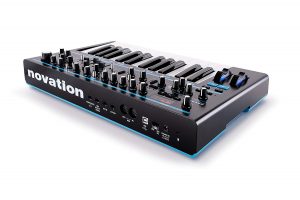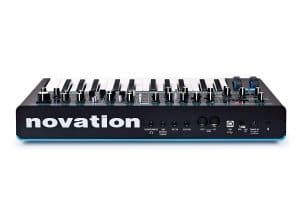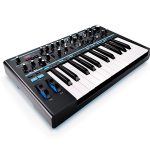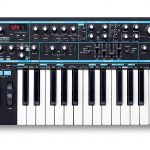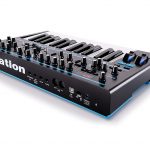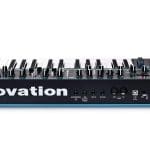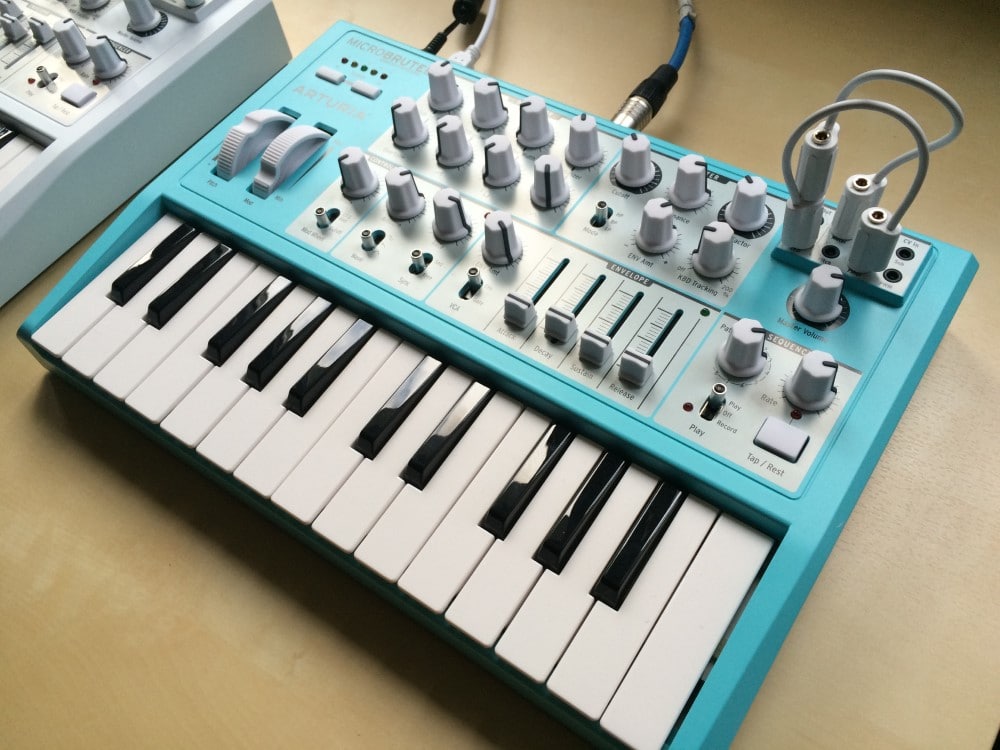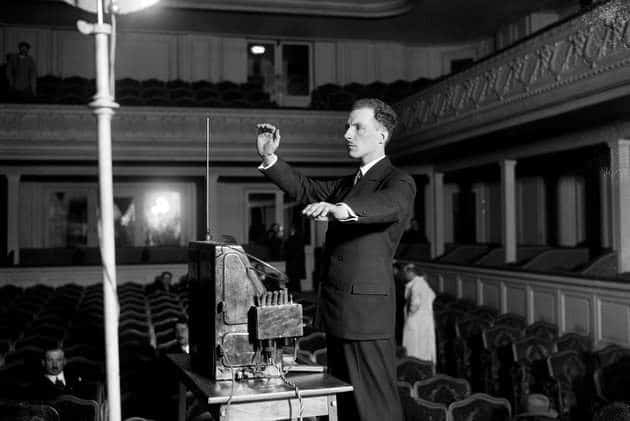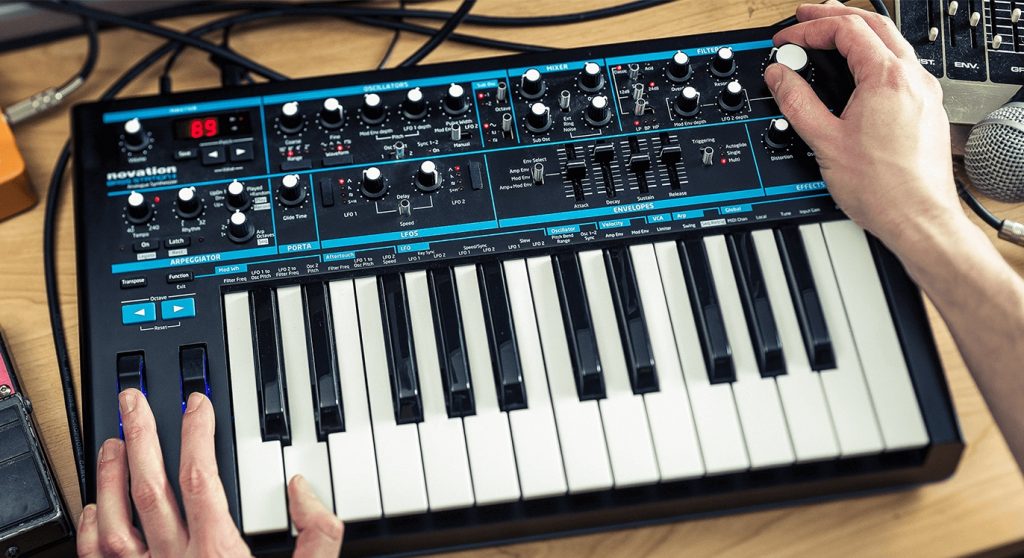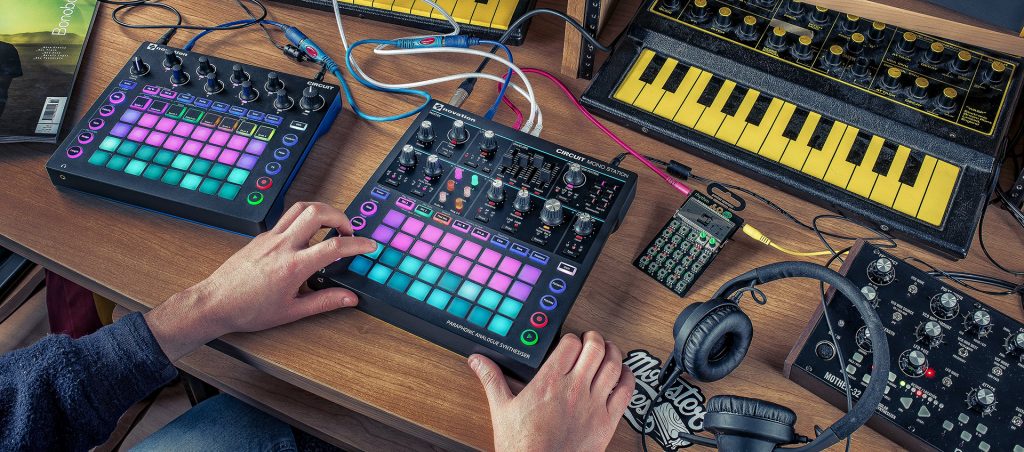What to expect from a synthesizer under $1000
In the not too distant past, buying a synthesizer for under $1000 didn’t get the purchaser much in the way of features. We currently live in an age when you can get far more for your money in terms of sound and functionality. When you think about the best vintage synth under $1000 you will still struggle to buy something great on the second-hand market. However, you can purchase any of the synthesizers on our list for far less and you will have great sounds and lots of functionality.
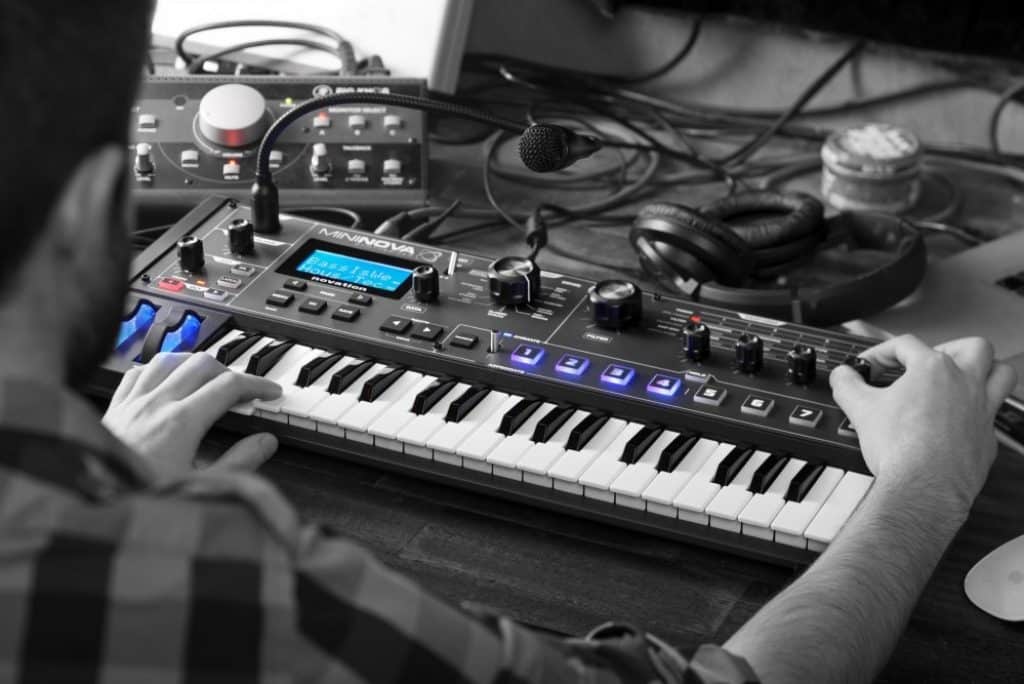
Features to consider when choosing a synthesizer
With so many synths on the market, it can be a little overwhelming to choose the right one for your requirements. So, here we’ll explore the features you should consider to narrow down the options and find the best instrument for you.
Analog vs. digital
When you decide to take the plunge and buy your first hardware synthesizer, the first choice that you need to make is do you want and analog or digital synth? The core of this choice is the types of sounds that you want to make.
Broadly speaking digital synths have a broader range of tones they can make but analog synths sound warmer.
Many people cannot tell the difference between the two, but it does exist and the final choice has to come down to the buyer’s personal preferences. With clever programming a digital model such as
the Elektron Digitone 8-voice Digital Synth can sound warm and analog. But a synth with a 100% pure analog signal path such as
a Novation Bass Station II Analog Mono-Synth will sound great but more limiting in terms of sound design.
Keyboard
Some people want a synthesizer with a full keyboard to play the instrument like a piano. These types of instruments are typically more expensive than $1000 and if you want to spend less, it’s likely that you need to make some compromises. The other consideration is the size of the keys, some of the models in the sub $1000 price range use slimmer or mini keys which are harder to play until you get used to them. These types of keybeds make the instrument smaller, more portable and help reduce the price. If you want to play chords a keyboard with more keys such as the Novation MiniNova Analog Modeling Synthesizer will suit the bill.
Polyphony
Polyphony is the number of notes that can be played at the same time and this is necessary if you want to play chords. A monophonic keyboard such as the Novation Bass Station II Analog Mono-Synth can only play a single note at once. Analog polyphonic synths require more engineering and an 8-voice instrument could cost a lot more than a $1000. If you want a polyphonic analog synth in the sub $1000 range, it’s likely that you will need to compromise with a lower polyphony count. The Korg Minilogue 4-Voice Polyphonic Analog Synth is a prime example, it has a 100% analog signal path with digital patch storage but the tradeoff is that you can only play 4 notes at once. If you want the best digital synth under 1000 with 8-voice polyphony there are more choices available. The best example on our list is the Yamaha REFACE CS Portable Analog Modeling Synthesizer which have 8-voice polyphony paired with an authentic sounding virtual analog synth engine.
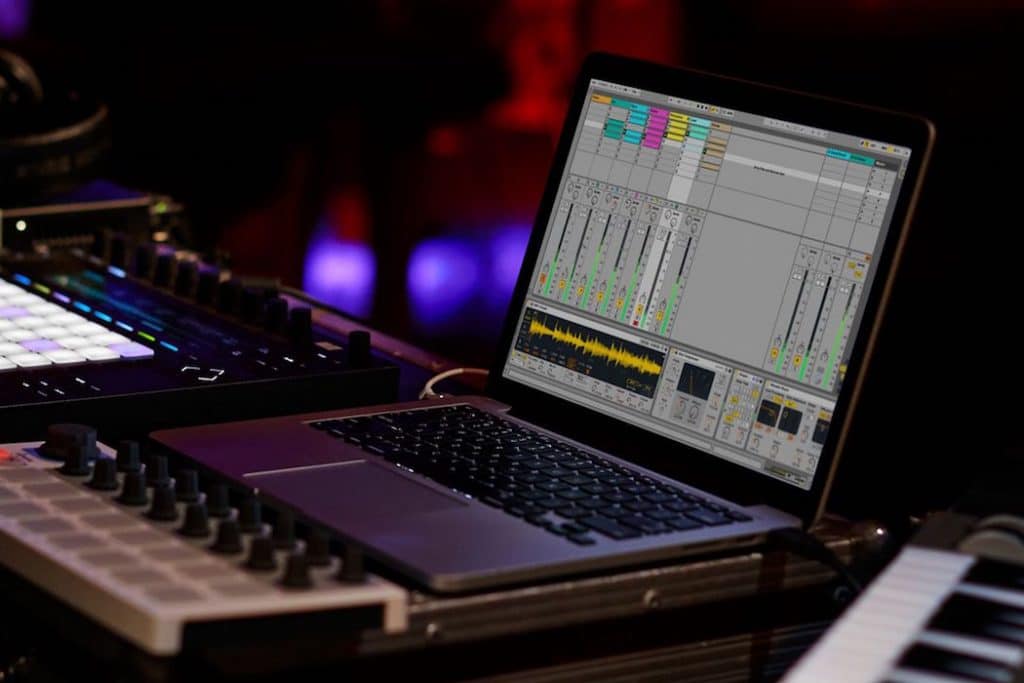
Sequencer
Most modern synthesizers have some sort of sequencer or programmable sequencer on board. These functions are great for live performances and they can spark many creative ideas in the studio. On some instruments such as the Elektron Digitone 8-voice Digital Synth the sequencer is an integral part of the instrument. That being said, unless you have an extensive sequencer on an instrument such as the Novation Bass Station II Analog Mono-Synth it’s more of an added extra. Many pros sequence their hardware synthesizers from a dedicated sequencer or via their DAW. Every buyer needs to evaluate their needs, if you tend to create your patterns on software these can be used to control your hardware if you choose the same MIDI channel. If you don’t want to use a computer on stage then you may need a synth that has more extensive sequencing capabilities.
Oscillator
The oscillators are the building block of any sound, having more than oscillator allows the user to combine them in interesting ways to create new tones.
Some synthesizers such as
the Arturia MicroBrute Analog Synthesizer – Creation Edition only have a single oscillator but different waves can be cleverly combined to create new sounds. Other synths with FM sound engines use an oscillator (known as operator in this case) to alter the behavior of other oscillators and the relationship between them creates the tone. An oscillator can be set to different pitches that determine the frequency and pressing the key triggers the sound. Thicker sounds can be created by using a pair of oscillators with one set at a pitch one or two octave below the other. Different oscillator waveforms can also be combined to create a wide variety of sounds. Understanding how the oscillators on your synthesizer work and how they affect each other is one of the key skills that every synthesist needs to understand.
Effects
Built-in effects are nice to have; they can really change the sound of any synthesizer but generally speaking they are not as good as a dedicated effects unit. The effects included with most modern synthesizers are usable but a pro would use plugins, guitar pedals or rack effects units to get a more polished sound. Think of built-in effects as an added extra, great for ideas and practice but you probably need other equipment if effects are important to your sound.
Filters
The filters on a synthesizer are one of the last stages before the output and they can really affect the sound characteristics. An analog filter is a real circuit that can add a great deal of warmth and a digitally modelled filter can also sound great if it’s well designed. Some synthesizers have multiple filters to choose from and each of them can change the tone in a dramatic way. Generally speaking, you need a filter with multiple options for a broader sound palette. Synthesiser nerds will argue the merits of filter X vs filter Y all day long on forums and different filter makes and types can sound very different. But, to keep things simple every synth on our list have filters that sound very musical and they are fun to experiment with.
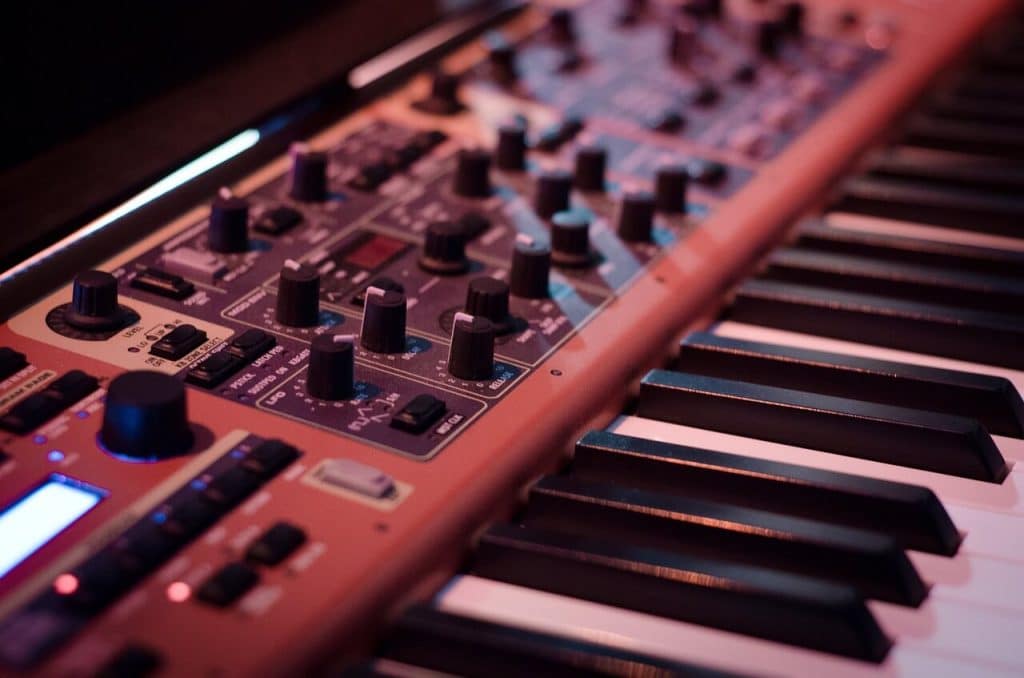
MIDI input/output
Many synthesizers have the large 5 pin MIDI plugs on the rear of the instrument and some also have a USB connection that can also be used to transmit MIDI notes and messages from a computer. MIDI is needed to keep all of the instruments working at the same tempo and if you have a lot of hardware more MIDI ports or a MIDI through port will be very helpful.
Connectivity
Most modern synthesizers have a USB port for MIDI (as shown above) and to connect to an editor to store patches or sequences. In a modern studio the computer is the central production hub where most of the project management takes place. In terms of audio connections, the standard ¼” audio jack is still the standard with a single output for a monosynth and a pair of stereo outputs for a polyphonic synth. Some synthesizers also have a ¼” audio input jack which allows the user to process other sound source through the synthesizer. So, if you ever wondered what your guitar sounds like through a filter this is a great option to have.
Size and weight
Every synthesizer on our list is portable and easy to transport to the studio or a gig. If you plan on playing live a more compact keyboard with 49 keys or less is a solid choice. A soft gig bag is a cheaper way to transport your synthesizer but it’s a better idea to invest in a hard case to protect your investment.






